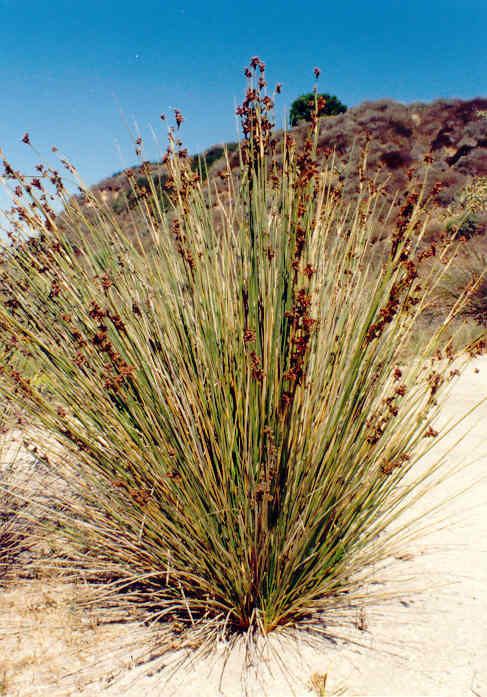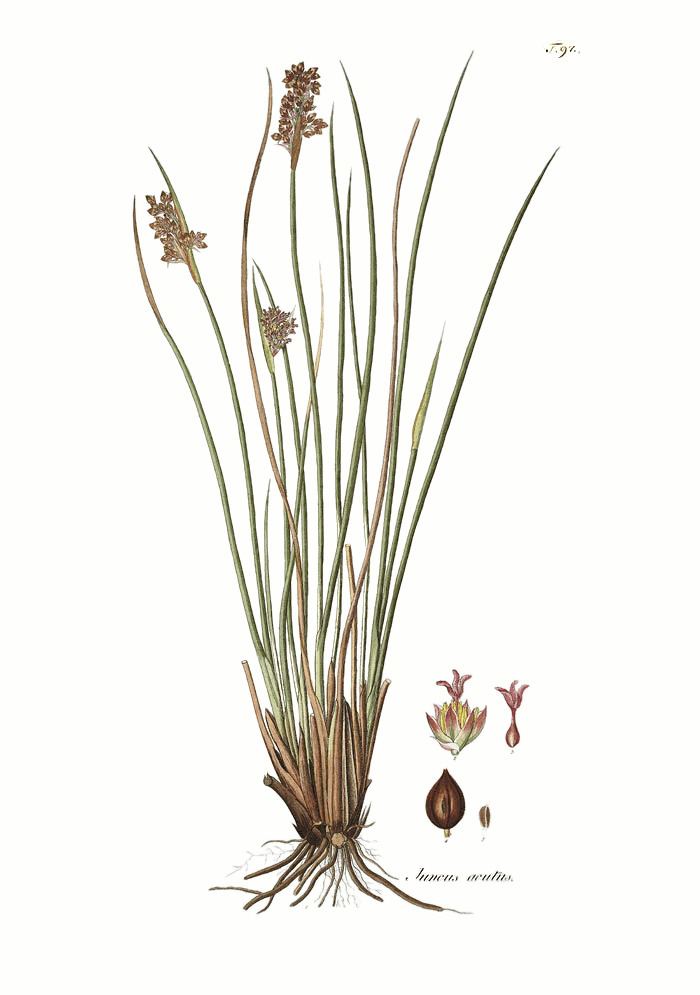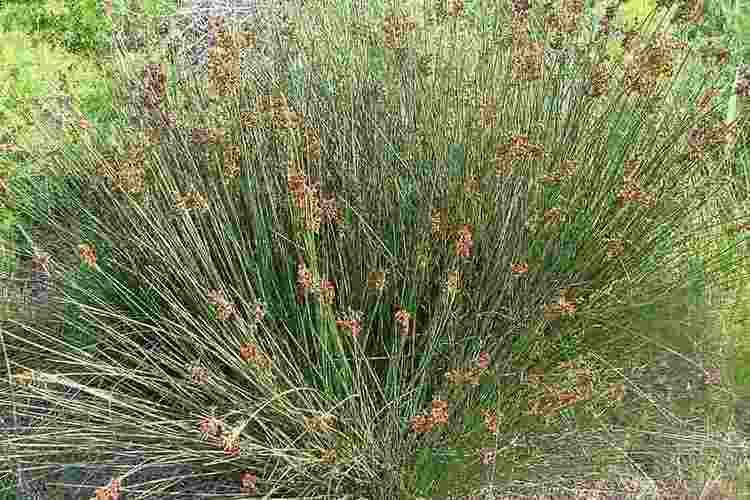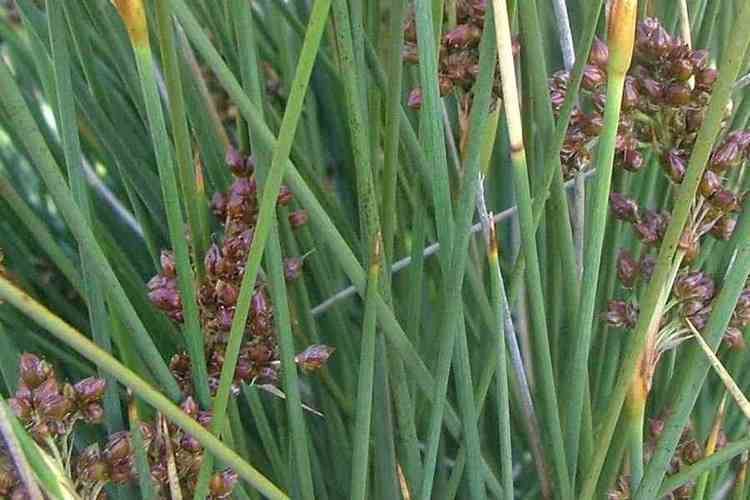Higher classification Juncus | Genus Juncus Rank Species | |
 | ||
Similar Juncus, Juncus maritimus, Rushes, Juncus rigidus, Juncus articulatus | ||
Juncus acutus or spiny rush, sharp rush or sharp-pointed rush is a flowering plant in the monocot family Juncaceae.
Contents

It grows in salt marshes and on dunes and is reliable for reducing erosion rates. In some countries like Australia it is considered to be an invasive weed and the spines harmful to young children.

Synonyms

Description

Juncus acutus is a brown and green "tussocky" perennial that can be to 1.5 metres (4.9 ft) tall in all kinds of soils, in areas which go from extremes in flood and dry like dunes or that just stay wet like lowland grassland and grassy woodland, riparian vegetation, freshwater wetland, and saline and subsaline wetlands.

Distribution
Found principally in low-lying damp, low fertility areas like sandy sea shores and dune slacks and coastal flats, occasionally in salt marshes and disturbed saline areas, mine dumps, lowland grassland and grassy woodland, riparian vegetation, freshwater wetland, and saline and subsaline wetlands
Palearctic:Northern Africa: Algeria, Egypt, MoroccoWestern Asia: Iran, Iraq, Israel, Jordan, Lebanon, TurkeyCaucasus: Armenia, Azerbaijan, GeorgiaNorthern Europe: British IslesSoutheastern Europe: Albania, Crete, Greece, Italy, Kosovo, Montenegro, Sardinia, Serbia, Sicily, MaltaSouthwestern Europe: Azores, Balearic Islands, Corsica, France, Portugal, SpainNearctic:Northern America: Baja CaliforniaCommunity species
In Brazil, J. acutus has been observed on the Santa Catarina coast living in communities with:Chemistry
The dimeric phenanthrenoid 8,8'-bidehydrojuncusol and the monomeric juncusol and dehydrojuncusol can be isolated from J. acutus.
